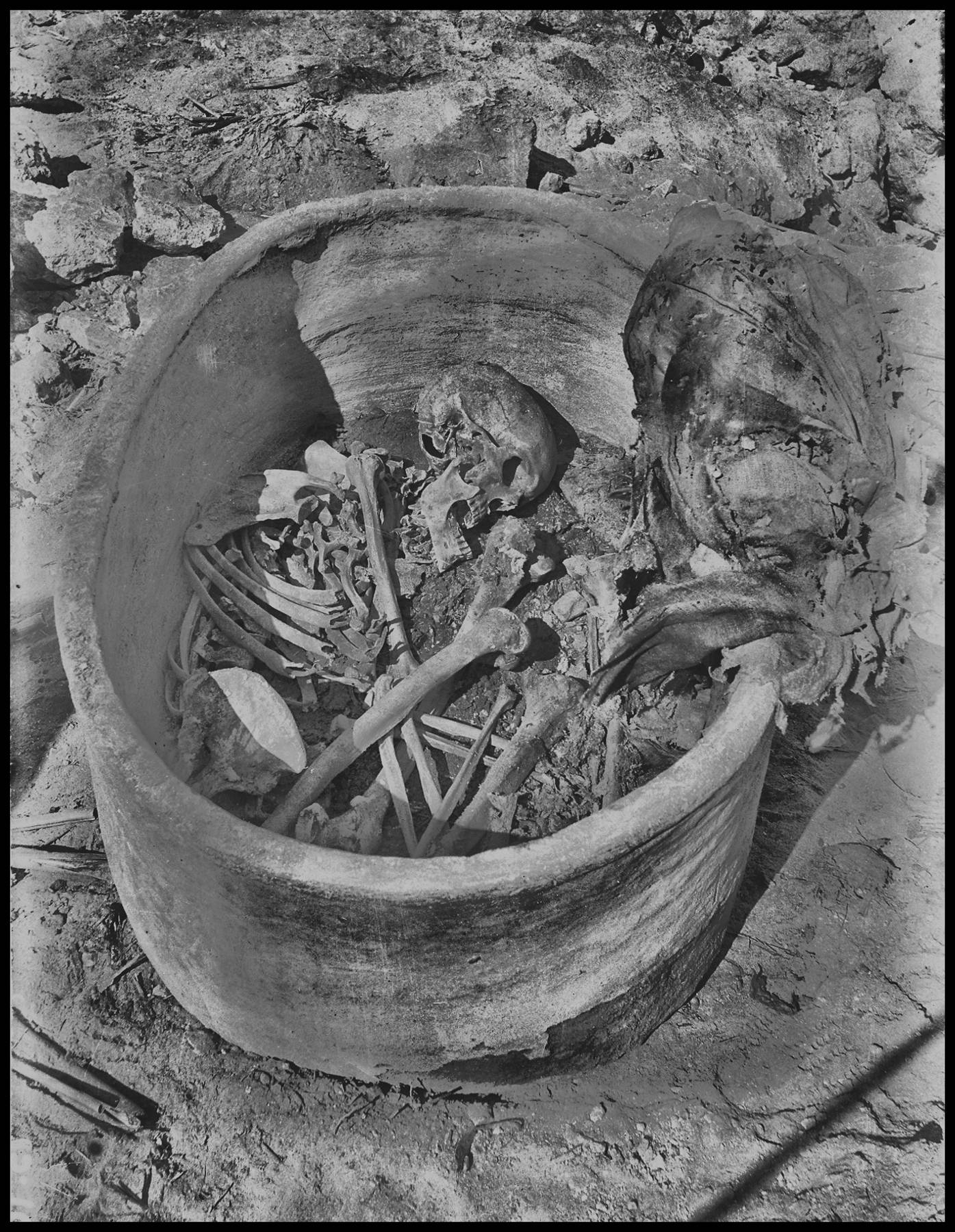Discovery of Genetic Links Between Ancient Egypt and Mesopotamia through DNA Analysis

A recent study published in the journal "Nature" on Wednesday, July 2, revealed a genetic connection between the ancient Egyptians and the civilization of Mesopotamia, following the analysis of DNA extracted from skeletal remains dating back over 4500 years.
According to the Associated Press, a research team sequenced the full genome of the teeth of the skeletal structure found inside a sealed burial jar at an Egyptian tomb site dating between 4495 and 4880 years ago.
The results showed that 80% of the individual's genetic composition was linked to populations in North Africa and the surrounding regions of Egypt, while the remaining fifth revealed genetic links to the Fertile Crescent region, where the Mesopotamian civilization emerged between the Tigris and Euphrates rivers.
Daniel Antoine, the curator of Egypt and Sudan collections at the British Museum, stated that "this discovery is of great significance because it is the first direct evidence of what has been suggested in previous works." He added that the Nile River may have been an "ancient superhighway" facilitating the movement of people and cultures between the two regions.
Previous archaeological evidence had indicated trade exchanges and similarities in pottery-making and writing techniques between the two civilizations, but the new study proves for the first time the existence of direct genetic links.
On the other hand, Joel Irish, a bioarchaeologist from the University of Liverpool John Moores and co-author of the study, explained that the analysis of the skeletal structure _found at the archaeological site of Naukratis inside a chamber carved into a rocky hillside_ indicates that the man was in his sixties and may have worked in pottery-making based on signs of wear on his bones and his arthritis.
The man is believed to have lived before or during the early Old Kingdom period of ancient Egypt, a time that witnessed the unification of Upper and Lower Egypt and cultural flourishing, including the construction of the pyramids of Giza.
Despite the importance of the results, researchers emphasized the need to analyze more samples of ancient DNA to determine the extent and timing of migrations between Egypt and Mesopotamia with greater precision.